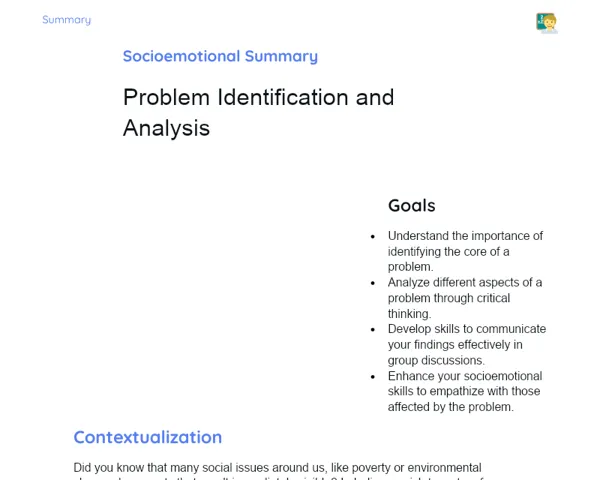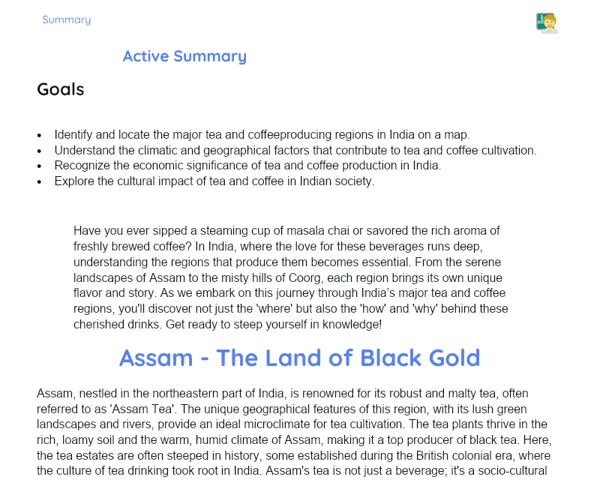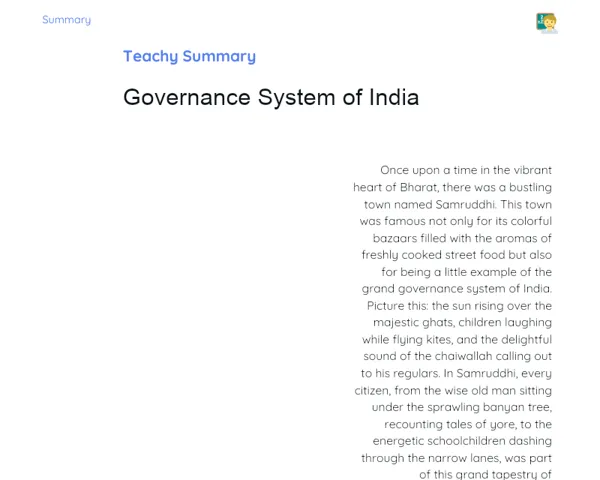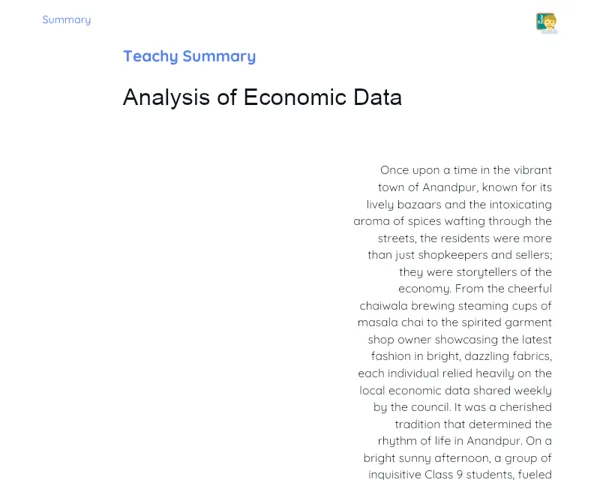## Goals
1. Identify and describe the different types of inequalities present in society.
2. Analyze the effects of these inequalities on individuals and communities.
3. Develop critical thinking skills to evaluate how inequalities can be addressed and reduced.
Contextualization
Did you know that India, with its rich cultural tapestry, is home to over 1.3 billion people, yet experiences various forms of inequality? From economic disparities to educational divides, the country showcases a wide spectrum of inequality. The caste system, gender inequality, and economic class differences are just a few examples that exhibit how inequalities manifest in everyday life. Understanding these types helps us to see the broader picture of societal structure and its complexities.
Subject Relevance
To Remember!
Economic Inequality
Economic inequality refers to the differences in income and wealth distribution among individuals and groups within a society. In India, you may notice how some families live in comfort while others struggle to afford basic necessities. This form of inequality is often linked to employment opportunities, education levels, and access to resources. Factors such as the lack of job creation in rural areas and the concentration of wealth in urban centers contribute significantly to this divide, impacting the overall growth and stability of communities.
-
Income Disparity: The gap between the rich and the poor, where a small percentage of the population holds a majority of wealth.
-
Access to Resources: Economic inequality leads to unequal access to education, healthcare, and employment opportunities, making it difficult for disadvantaged groups to improve their situations.
-
Social Mobility: High levels of economic inequality can reduce social mobility, making it harder for individuals from lower-income backgrounds to ascend to higher economic classes.
Gender Inequality
Gender inequality manifests in discrimination based on gender, affecting opportunities and rights within society. In many parts of India, patriarchal norms restrict women's access to education, employment, and healthcare. This systemic inequality reinforces stereotypes and limits both women's and men's abilities to fully participate in society. Understanding gender inequality prompts us to advocate for policies that promote equality, such as improved access to education for girls and initiatives that support women's empowerment in various sectors.
-
Education Gaps: Girls often face barriers to education due to cultural norms, leading to lower literacy rates among women.
-
Workplace Discrimination: Women are underrepresented in many industries and positions, often receiving lower wages than men for similar roles.
-
Health Disparities: Gender inequality impacts women's health access, with many facing challenges in obtaining reproductive health services and adequate healthcare.
Caste-based Inequality
The caste system in India has historically stratified society into hierarchical groups, leading to unequal treatment based on caste. Those belonging to lower castes, particularly Dalits, face discrimination in various aspects of life, including education, jobs, and social interactions. This inequality not only affects economic opportunities but also perpetuates social stigma and exclusion, making it essential for us to challenge these traditional norms and advocate for social justice.
-
Social Exclusion: Individuals from lower castes are often marginalized and denied basic rights, affecting their participation in society.
-
Educational Disparities: Access to quality education is often limited for lower-caste individuals, resulting in lower educational attainment.
-
Employment Barriers: Caste discrimination can restrict job opportunities, with employers being biased against candidates from certain castes.
Practical Applications
-
Advocating for equal rights and opportunities in your community can lead to greater awareness and support for marginalized groups. Engage in discussions, write articles, or participate in community projects that address inequality.
-
Implementing programs focused on skill development for underprivileged groups can help bridge the economic gap. Organize workshops or initiatives that provide training and resources to those who need it most.
-
Creating awareness campaigns that educate peers about gender and caste-based inequalities can spark meaningful conversations and encourage action for change.
Key Terms
-
Economic Inequality: The unequal distribution of income and opportunity between different groups in society.
-
Gender Inequality: The social, cultural, and economic disparities that affect individuals based on their gender.
-
Caste System: A social stratification system in India that divides people into hierarchical groups based on their birth, impacting their rights and privileges.
Questions for Reflections
-
How do you see economic inequality affecting your community? Think about specific examples you have encountered.
-
In what ways can you contribute to reducing gender inequality in your own environment? Consider actions you can take within your family or school.
-
Reflect on the caste system in your locality. How does it affect relationships, opportunities, and social interactions among different groups?
Inequality Awareness Campaign
Create an awareness campaign that informs your peers about one specific type of inequality you've learned about. Your campaign should aim to educate and inspire change among your classmates or within your community. This could be in the form of a poster, a digital presentation, or even a social media post.
Instructions
-
Choose one type of inequality (Economic, Gender, or Caste-based) that resonates with you.
-
Research and gather information about the current situation regarding this inequality in your community or country.
-
Create a campaign poster or presentation that includes key facts, personal stories (if available), and actions individuals can take to address this inequality.
-
Present your campaign to your class, or share it on social media with a thoughtful caption encouraging others to reflect on the issue.



